Oceania/ New Zealand/ 28.01.2020/ Source: www.stuff.co.nz.
School principals are being urged to delay the start of the school year for staff or students who have recently been to China over fears of coronavirus.
Education Secretary for the Ministry of Education, Iona Holsted said the ministry had warned school principals to «err on the side of caution» with the .
On Monday Ministry of Health officials said there was a «high likelihood» of coronavirus reaching New Zealand, with a moderate chance that it would spread when it arrives.
The new virus originated in the Chinese province of Wuhan in December and has rapidly spread to other countries, including Australia.
Cabinet is expected to make the virus a notifiable disease on Tuesday, giving public health officials the power to quarantine people suspected of infection.
Children and young people were currently returning to classrooms and the health of students and staff was a priority, Holsted said.
Official advice for principals included a list of steps to take that advised keeping students away from school if they had been in China.
«For any staff member or student who may be at high risk of exposure because they have recently been to China or have been in close contact with someone confirmed with the virus, I encourage you to ask that the staff member or parent/caregiver of the student delay the start of their school year for 14 days and voluntarily stay away.»
The advice states that anyone who was unwell should not be at school or at their early learning service and provided a number for Healthline.
If a student still attends school while showing symptoms, the principal of a state school could preclude them if they believed on reasonable grounds they may have a communicable disease, her advice said.
«The student has to stay away for the infectious period of the specific disease.»
This did not apply for private schools but principals could request that a student with an infectious disease or is suspected of having an infectious disease, did not attend.
Principals can also request that a staff member with an infectious disease or was suspected of having an infectious disease, did not attend.
Meanwhile, National Party education spokeswoman Nikki Kaye has written to the Education Minister asking about what support was in place for schools, early learning centres and tertiary institutions.
She sought the sought urgent advice on Sunday but was yet to get a response.
«Tens of thousands of international students will be arriving in New Zealand to study over the coming weeks, some of them from places which have been affected by the outbreak.
«There needs to be clear advice for host families, parents, schools and teachers about what they should do if an outbreak were to occur.»
Some schools started back on Monday and more will be starting on Tuesday and later this week.
The University of Canterbury (UC) expected «several hundred» new Chinese students to enrol in person from February 11 to 13. It was exploring late enrolments for students whose travel from China was disrupted.
The university had urged staff and students to reassess whether planned trips to China were essential and had «contingency plans» in case the situation changed, a spokeswoman said.
Kaye said: «It’s time the Government gave clear advice about will happen if this virus reaches New Zealand.»
«The Government is missing in action while the rest of the world is taking this seriously. It’s time for action.»
Source of the notice: https://www.stuff.co.nz/national/politics/119085941/coronavirus-schools-told-to-keep-staff-and-students-recently-in-china-away-from-classroom

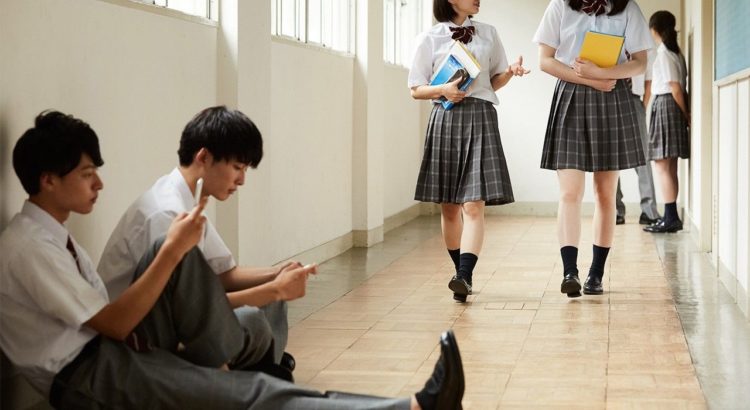
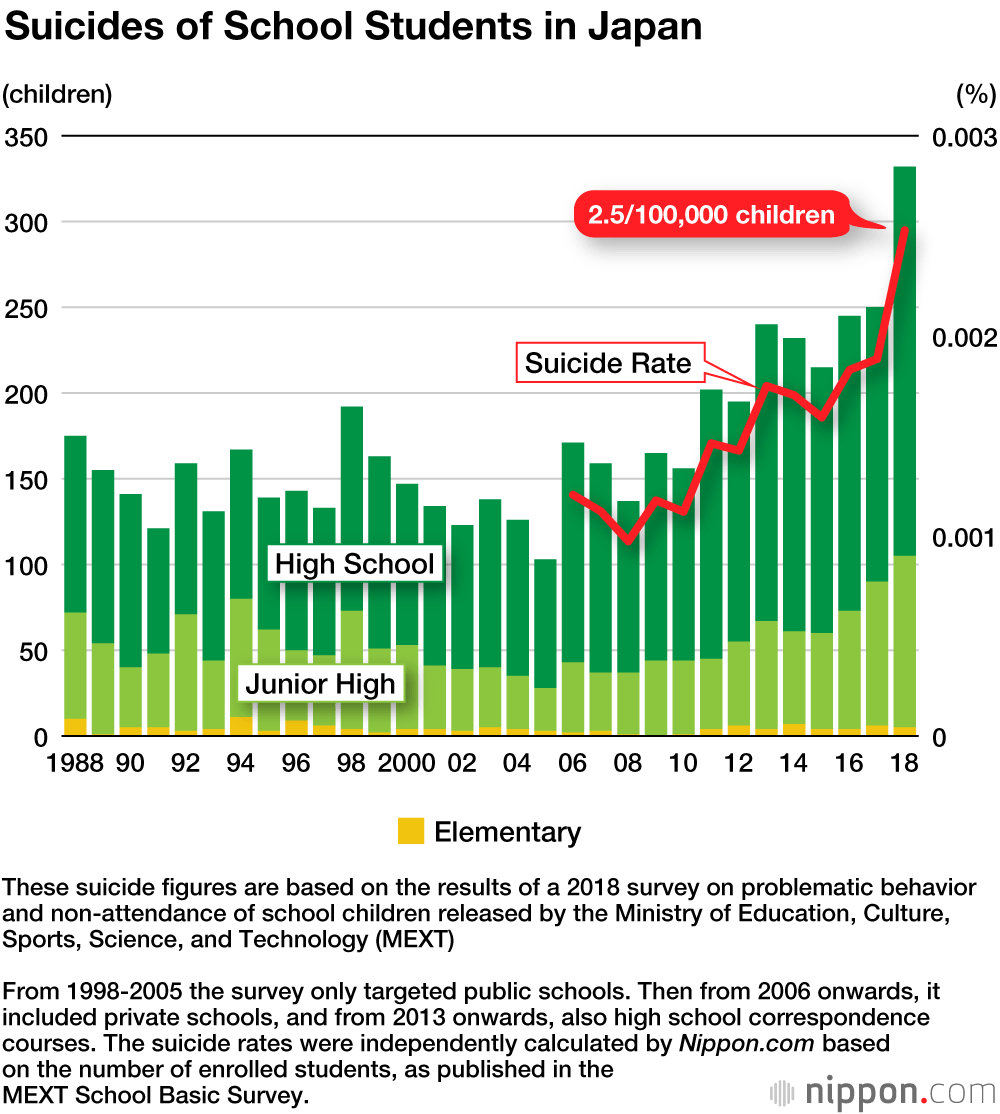
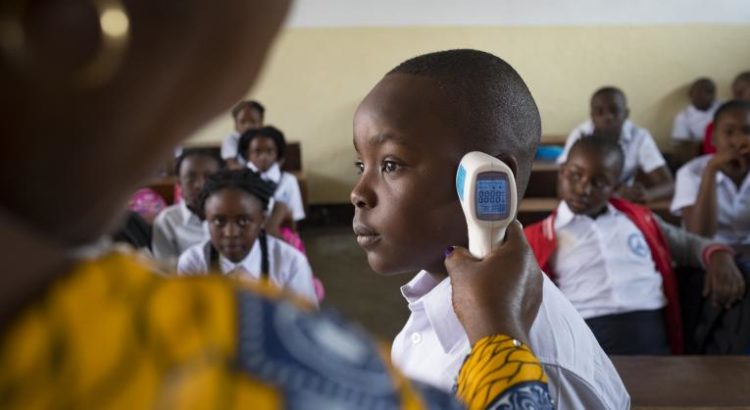
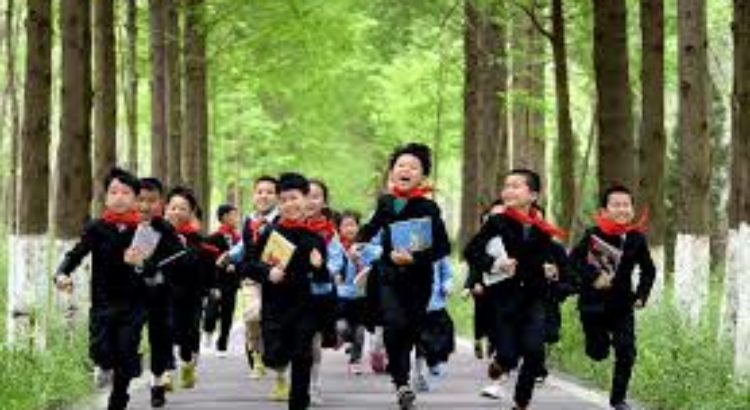
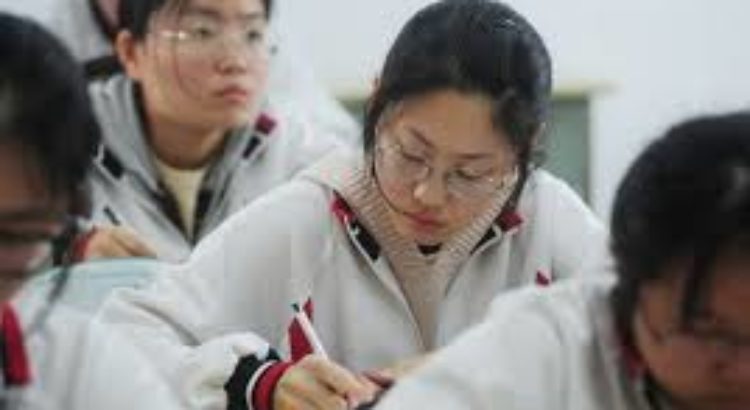
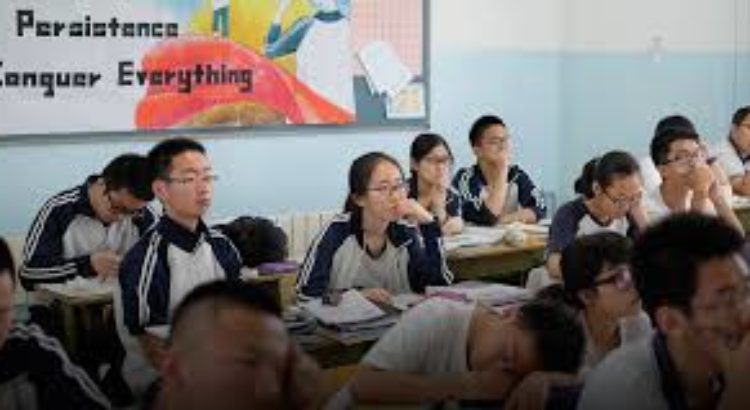






 Users Today : 58
Users Today : 58 Total Users : 35459524
Total Users : 35459524 Views Today : 86
Views Today : 86 Total views : 3417844
Total views : 3417844